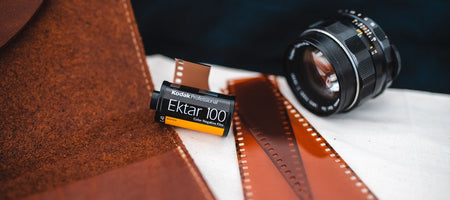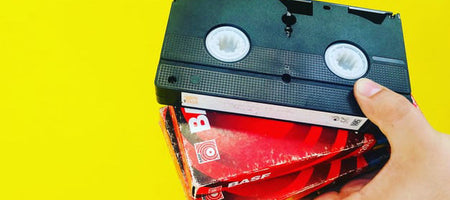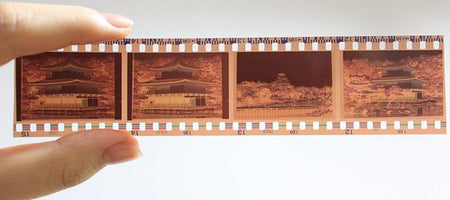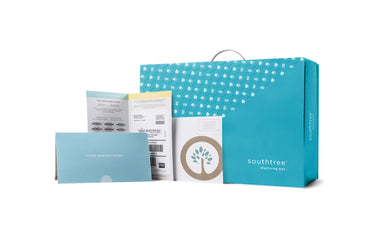#1: Film was invented in 1888
It’s crazy to think that just a little more than twenty years after the Civil War took place, film was invented. This was the same era that housed the wild west. The same decade where skyscrapers were a new city concept. But in 1888, Louis LePrince produced the Roundhay Garden Scene on his single-lens camera. The two-second long clip consisted of his family members and friends dancing/walking in circles outside an estate. Hey, you’ve got to start somewhere, right?
#2: Band accompaniment
In recent years, it’s become somewhat of a novelty to have orchestras perform live soundtracks while classic movies play. I myself have seen a live orchestra accompaniment to Home Alone and a couple of Harry Potter films. The live music just seems to add a layer of engagement to the film-viewing experience. But did you know that back in film’s early days, this was kind of a norm? With so many early films being silent films, bands and orchestras would accompany the movie to provide sound where there wasn’t.
#3: The silver age of film
Did you know film is a combination of plastic and gelatinous emulsion made from silver? Well, silver halide crystals to be specific. During recording, the camera lens shines light on the film and the reaction of the light causes the silver crystals to darken. It’s how negatives are formed. Maybe this is what they meant by the silver age of film?
#4: 1000 ft. of film
Back when film reels were shown in movie theaters via projectors (ah, the good ol’ days), the typical length of film was about 1000 ft. That’s nearly a quarter of a mile!
#5: 11-minute runtime
With ~1000 ft. of film per reel, the runtime must have been pretty long right? Nope. The average reel of film played approximately 11 minutes of movie. Now, imagine how many reels of film each movie required. An hour and a half movie back in the day required approximately 8-9 film reels … or a mile and a half of film just to play a 90-minute movie.
#6: Two-reeler film
As you can see by the length of film, it wasn’t exactly economical to ship that much film. That’s why two-reelers were invented – to help cut costs of the standard, single 1000 ft. reel. They doubled the amount to save on shipping costs and help reduce the number of transitions (and the human error that came with them) in the middle of movies by half.
#7: Is that a reel or a dumbbell?
Imagine how much a movie weighs today. Zero pounds. Zero ounces. Because it’s all digital, right? Back in films heyday, that wasn’t the case. An entire movie on film weighed around 60 pounds. I’m no mathematician but when you break it all down, every 1000 ft. of film (or one reel) weighed approximately 5 lbs. And at 5lbs per reel for 9 reels for a full movie (plus the weight of the reels and canisters themselves) they’re clocking in at 60-ish lbs.
#8: Film is still being used today
It may seem like film has faded and gone the way of the VHS tape, but that’s just not true. Although it has taken a backseat to newer digital formats for their ease of use and cost-effectiveness, film is still very much alive. In fact, it’s in somewhat of a resurgence with many of today’s most notorious directors, including Quentin Tarentino and Chistopher Nolan, opting to shoot on film rather than digital. Each going as far to say that digital is killing the movie industry.
#9: Longest Hollywood film ever made
In 1963, Cleopatra was released to critical praise and took home four Academy Awards in the process. But amid being 1963’s highest-grossing film, featuring epic performances from Elizabeth Taylor, Richard Burton and Rex Harrions, Cleopatra also enters the movie record books for being the longest Hollywood film of all time with a 4 hour and 8 minute run time. That’s nearly 27 reels of film! What can I say, they used to make epics back in the day.
#10: MMs of film
Even if you know nothing about film, you’re probably at least aware that it’s gauged in a millimeter format that refers to the width of the film. The four most commonly used gauges are Super 8/8 mm (used for amatuer film recordings), 16 mm (low budget films and television), 35 mm (popular format for motion pictures) and 65 mm (used for widescreen presentations like IMAX).
If you’ve got any reels of film laying up in your dusty attic or down in your humid basement, now’s the time to save them through digitization. Fun fact #11, we can help!













